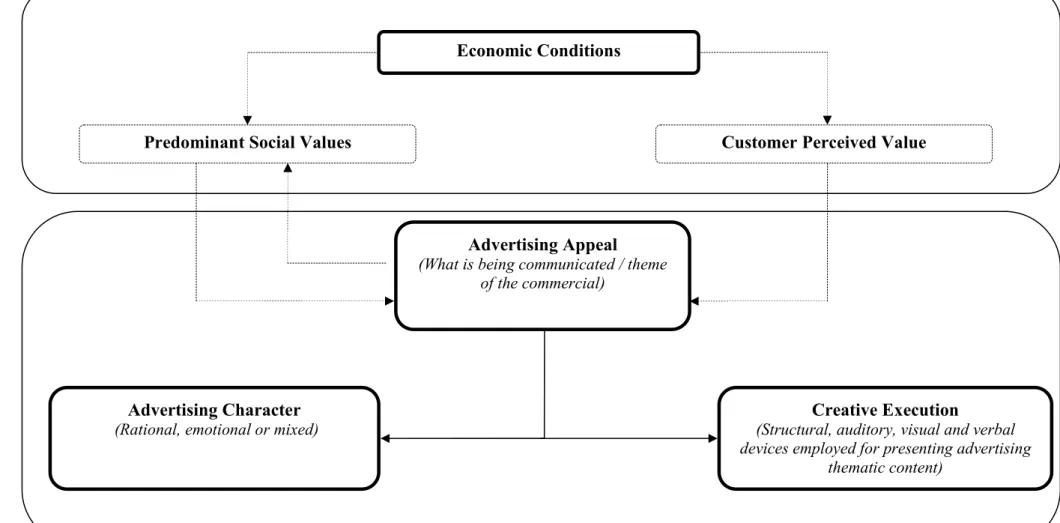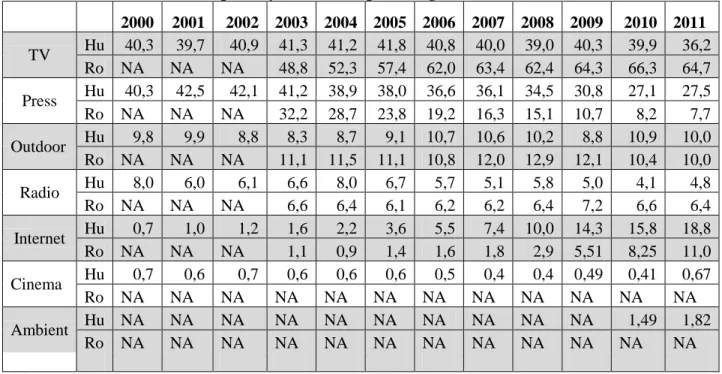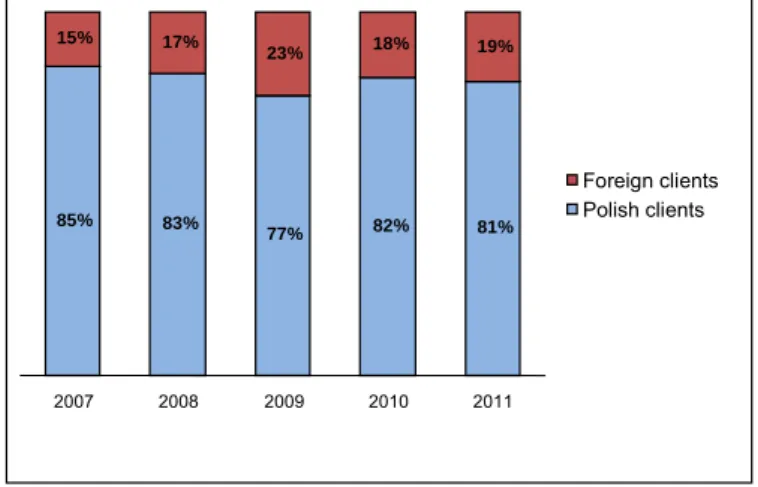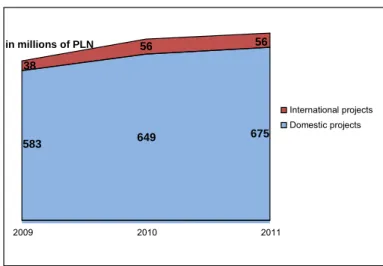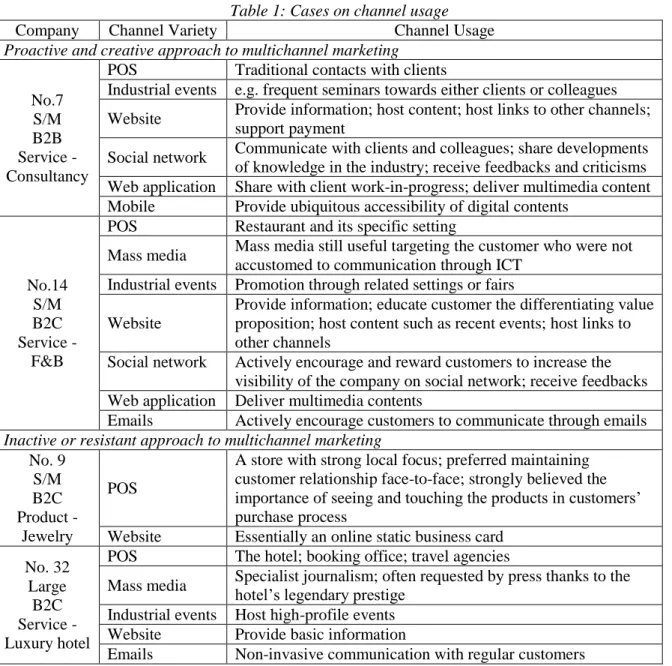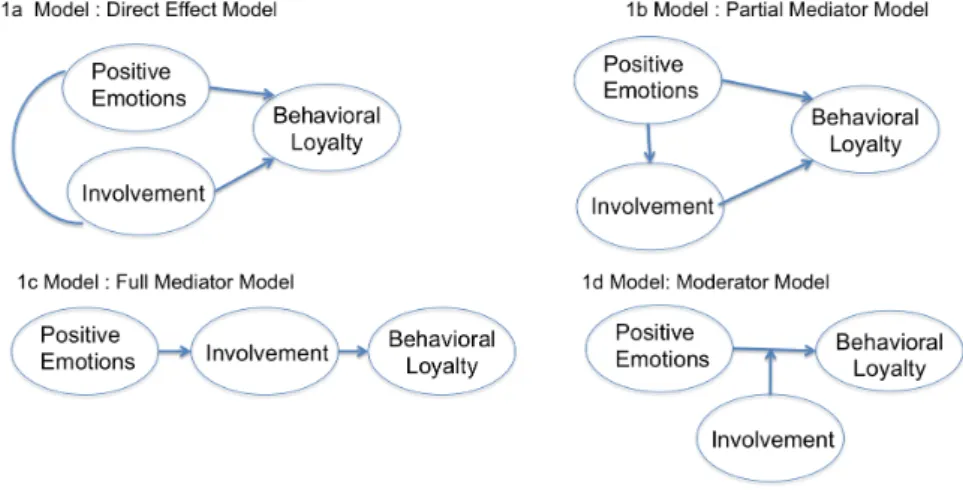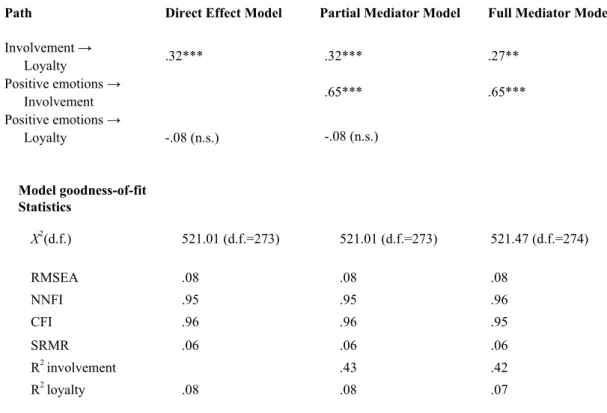Diamantopoulos Adamantios, Professor, Head of International Marketing Department, Faculty of Management, University of Vienna, Austria. Veronica Wong, Professor of Marketing, School of Business, Management and Economics, University of Sussex, UK.
Introduction
Brand Performance Indicators
Research Framework
An EFA of data obtained as part of a consumer brand survey in 2011 showed that, in fact, the internal metrics form one homogeneous factor with an alpha equal to 0.923. To further test the developed model, we conducted SEM and CFA using IBM SPSS Statistics 20.0 and IBM SPSS AMOS to test the associations between groups of performance indicators.
Empirical Results
The data collection was organized in two waves: the first wave in March–June 2011 and the second wave in September–November 2011.
Discussion
The sample included 215 consumer goods, consumer services and retail brands available on the Russian market. In practical terms, this means the need to make efforts in internal marketing to first promote the brand to the "internal customer" in order to achieve better results in the consumer market.
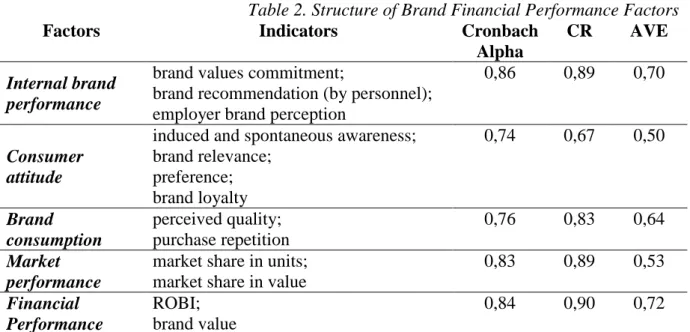
Advertising Expenditures during the Recession Periods Comparison between Hungary and Romania
- Purpose of the research
- Research method
- Major results
- Implications and further research
According to the literature review, the role of marketing, advertising in the economy, especially during the recession period, is only partially explored. At the same time, the advertising expenses in the cinema and ambient are not highlighted separately.
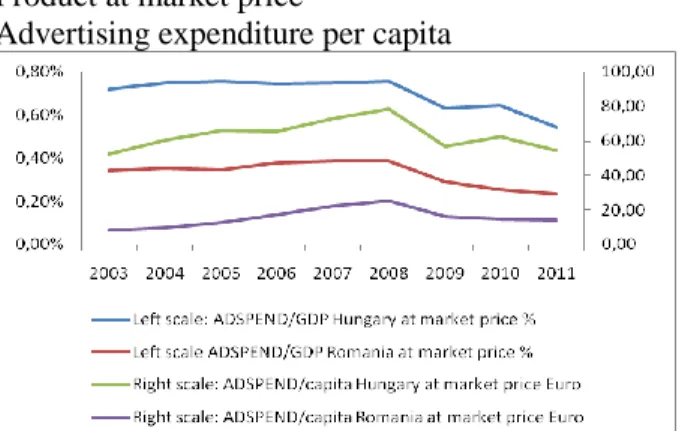
International expansion and knowledge transfer – the case of Polish market research companies
Description of the research project
The second phase of the research, of an exploratory and qualitative nature, was based on case research. The research also aimed to explain how the specificity of the research sector affects the foreign expansion of Polish research companies.
Research sector in Poland and foreign expansion
The main objective of the research was to find out whether domestic market research firms expand abroad and what role knowledge transfer plays in this expansion. This is an opportunity for the local research companies to gain competitive advantages by offering in-depth knowledge of the specific conditions in Central and Eastern Europe (Babińska, Nizielska, 2009).
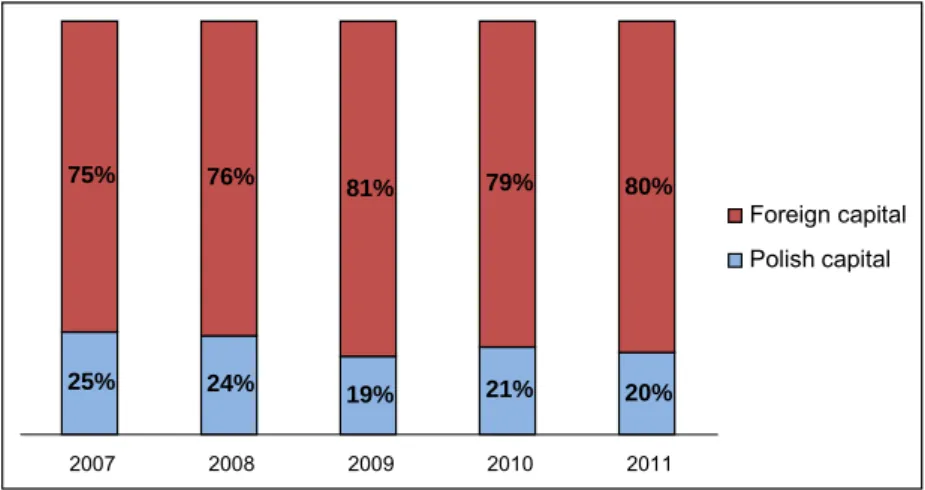
Rendering international research services - case description
All five selected companies already function within the structures of at least one international research network. The results of the survey clearly indicate that the research sector in Poland is in the very early stages of international expansion.
Show me the picture! Is there a shift towards visual information processing style ?
Theoretical Background
Several studies provide measures to assess visual processing styles (Childers 1985, Bamossy et al. 1983). These results are not surprising compared to subsequent criticisms of the SOP scale by Bagozzi (2008), Ramsey et al.
A method to assess validity of scales developed in Western countries for use in emerging markets: An example using perceived risk in e-commerce
- Conceptual framework
- Methodology
- Results
- Implications
The approach chosen to construct the construct was ethical, meaning that the perceived risk in e-commerce scale was formed using mainly items from previous studies (e.g. the scales by Featherman & Pavlou, 2003; Forsythe et. al, 2006). Items such as "If I buy online, I am not sure that the product will be of good quality" or "The probability of losing money is high when I buy online" performed well when tested.
Suppress My Feelings or Want to Quit?
Literature Review
On the other hand, when they have a low need for cognitive closure, they don't need to have the answer right away. On the other hand, when the option is uncustomizable, its complexity may lead consumers to fatigue and worry, and should therefore lead to high NCC.
Results and Discussion
From the theoretical contributions, managers must be sensitive to the backgrounds or situations that lead to the NCC level. This research also predicts that the same NCC levels generated from different situations should have different effects on other outcome variables.
What is a multichannel marketing strategy?
- Background and Framework
- Results and Discussion 1. Channel Variety
- Conclusion
- Acknowledgement
- Reference
- Theoretical Framework
- Method
- Discussion
The main purpose of this study is to investigate the role of emotions and involvement in the formation of behavioral loyalty to the performing arts. Finally, we tested the role of commitment as a moderator of the relationship between positive emotions and loyalty (model 1d).

What's in it for me? Investigating the role of utility and involvement in consumer digital piracy
Theoretical background and hypotheses development
H3: Involvement in film/music negatively moderates the relationship between the usefulness of pirated content and the intention to pirate digital content. H4: Film/music involvement negatively moderates the relationship between the usefulness of legal content and the intention to pirate digital content.
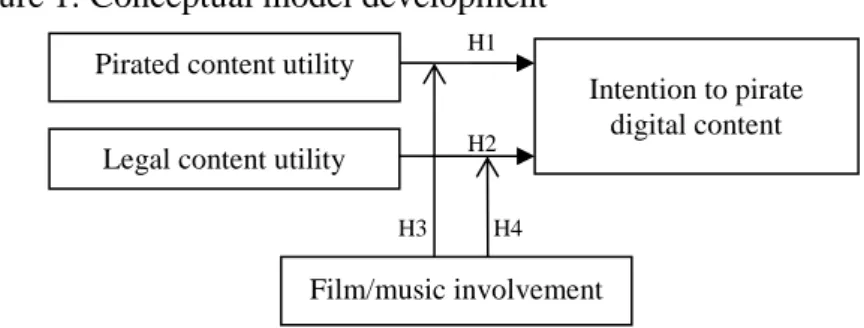
Results
Movie/music involvement significantly and negatively moderates the relationship between pirated content usefulness and intention, confirming H3. The final hypothesis H4 is not supported as movie/music involvement was not found to be a significant moderator between legal content usefulness and intention.
Discussion and implications
These findings corroborate previous empirical work, particularly in the well-researched domain of pirated content utility/benefits. However, the moderating role of involvement on the legal content utility-intention relationship appears to be negligible.
Channel Relationship Quality in Exchanges: a Systematic Literature Review Approach
- Background
- Major Results
- Conclusions and Implications
- References
After a global analysis of each of the articles selected in the preceding stage, a more limited group with relevant literature emerged. The construct may or may not be presented in the title, but it is certainly developed in the abstract or content of the article.

Influence of children age and gender on parents’ purchasing decisions in two countries
Background and literature review
H5: The attitude towards a child's influence on parents' purchase decision related to goods for the child differs depending on the interaction of the three variables (the country, the child's gender and the child's age). As the literature review mentioned, the strength of a child's influence on parents' purchase decision depends on the product.
Discussion and conclusions
Although the limitations of the scope of the study hardly allow firm conclusions, it serves well to outline directions for further research. Also, all products considered were durable and this did not reflect the influence of children in the case of purchasing non-durable goods.
University Brand Personality: an Exploratory Research about the University of Florence
- Theoretical background
- Research Methods
- Main empirical Results: Exploratory and confirmatory factor analysis on University of Florence personality
- Conclusion, limitations, further developments
In his seminal work, Aaker (1997) defines brand personality as “a set of human characteristics associated with a brand”. It should be noted that Aaker developed this theoretical framework with the Big Five dimensions of human personality in mind. Larsen (ed.), The Expressive Corporate visual identity Organization: Linking Identity, Reputation and the Corporate Brand (pp Come parla la pubblicità–Modelli comunicativi degli Spot pubblicitari, Edizioni Sole 24 Ore, Milano.
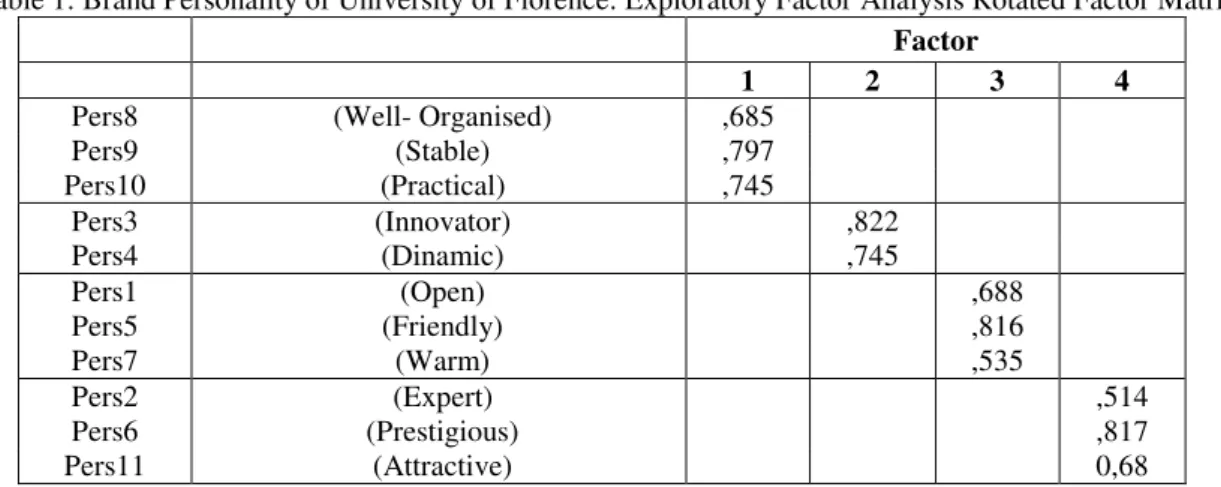
The future of B2B-trade shows: Insights from a scenario analysis for a powerful forum of marketing communications
- Findings
- Implications for management and avenues for future research
- Literature review
- Study 1: Autonomous forecasting of emotional consequences
- Study 2: Development of the AE scales
- Study 3: Application of the AE scales and test of the relationships between variables Participants were forty graduate and undergraduate students recruited similarly to Study 1 and
- Discussion
One of the most important instruments in the communication mix of many companies is still the trade exhibition (Gopalakrishna & Lilien, 2012; AUMA, 2012), as evidenced by the frequency of their use and level of expenditure (Kerin & Cron, 1987). In summary, there is a research gap in our understanding of the influence of AE on purchase decisions.
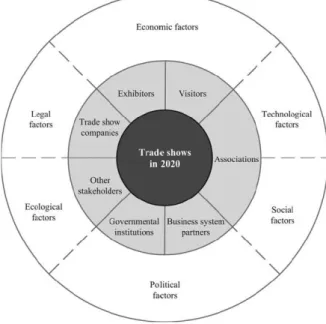
Merchandising at the point of sale: differential effect of ends of aisle and islands
- Previous Literature Review and Working Hypotheses 1. Effects of end of aisle and island on market response
- Methodology 1. Data
- Analysis and Results
- Conclusions
Instead, the end of the aisle is at the end of the linear where the competing brands are located. Regarding the effects of the closure of the stimulus, a positive effect is only observed in the case of the end of the corridor for the liquid soap.
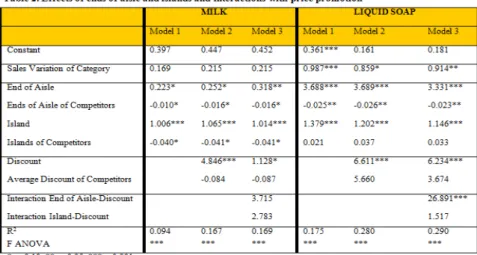
The Dimensionality of the Retail Service Convenience Phenomenon
A Qualitative Examination
- Introduction & Literature Review
- Qualitative Inquiry
- Qualitative Results and Domain Definitions
- Item generation
- Implications of the study and directions for future research
- Discussion and Conclusion
This is the reason why new-age retail stores are becoming popular among customers in developing markets where the traditional retail model has played a dominant role for centuries. In Haugtvedt, Herr & Kardes (Eds.), The Handbook of Consumer Psychology (pp. 77-102): Lawrence Erlbaum Associates.
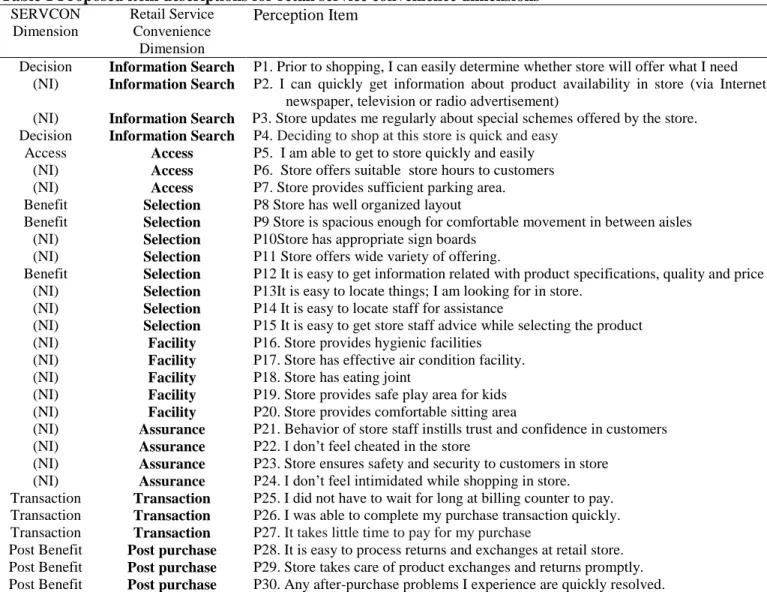
Consumer innovativeness as a prerequisite of private label success in emerging markets
Consumer innovativeness concept
Roehrich (2004) states that consumer innovativeness can be described as "early purchase of a new product or as a tendency to be attracted by new products". Since private labels are usually launched in mature product categories, approaching consumer innovation as an expression of novelty seeking seems appropriate and is analyzed further.
Importance of consumer innovativeness in private label management
They concluded that cognitive innovators are likely to be price sensitive and are more likely to focus on the utilitarian features of products, whereas sensory innovators place more emphasis on the aesthetic aspects of products. In this regard, it is reasonable to stipulate that private label-prone consumers will be considered cognitive innovators because private labels offer significant price discount compared to manufacturer's brands and mostly provide utilitarian benefits (De Wulf, Odekerken-Schroder, Goedertier and Van Ossel, 2005).
Research
The analysis of the relationship between consumer innovation and private label attitude is done at the overall and product category level (liquid soap, chocolate and facial care product categories). At the overall level, a significantly positive correlation is observed between consumer innovation and private label attitude.

Electronic service quality and satisfaction
The first section of the study provides an overview of relevant literature dealing with electronic service quality (e-sq), satisfaction and word of mouth. In this article, only one companion of satisfaction is analyzed, the word of mount, which is defined as a negative or positive informal.
The empirical research
In the case of environmental performance manipulation, negative message significantly reduced brand attitude (Table 2). TerraChoice (2010), “The Sins of Greenwashing Home and Family Edition 2010: A Report on Environmental Claims Made in the North American Consumer Market,” available at.
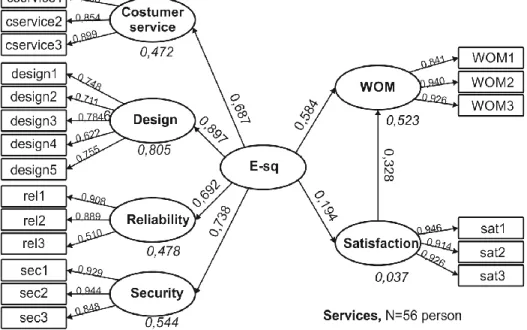
Ad – Brand Discrepancy & the Incongruity Resolution Process
H2a: As the degree of discrepancy between ad and brand increases, consumers find it more difficult to understand the ad message. In terms of conflict resolution, as Figure 1 shows, participants found it significantly more difficult to understand the ad concept as the conflict increased.
Discussion & Implications
Finally, mediation analysis produced significant results for all four steps of the Baron and Kenny (1986) procedure, indicating complementary mediation (see Zhao, Lynch, & Chen, 2010). In addition, the beneficial effect of schema incongruity is mediated by participants' ability to resolve the ad–brand incongruity and produce a meaningful interpretation of the content of communication.
How do Elderly Consumers Use the Internet?
A Qualitative Study of Motivations and Usage Patterns
- Research objectives and methods
- Conclusion and proposed theoretical model
- Introduction 1
- Promoting business tourism in the conditions of market failure
- Network approach in tourism
- Cooperation in the business tourism network
- Towards an effective promotion of business tourism network: case of Poznań, Poland Interdependency, cooperation and market failures within a tourist value-chain in the context
- Outline of the problem
- Network identification methods
- Network pictures in MICE network
- Conclusions
- Limitations
The institutional nature of the network's participants and the subsequent business-to-business relationships form the basis for the search for solutions in the IMP Group's research. The network picture they have also has an impact on expectations regarding the effects of the network and their evaluation.

Changing economic conditions and advertising message adaptation
A Theoretical framework
Consistent with the previous theoretical analysis, the proposed framework (Figure 2) illustrates the relationships between contextual factors (i.e., economic conditions, prevailing social values, and customer-perceived value) and elements of the advertising message (i.e., appeal, character, and creative execution). More specifically, the model suggests that changes in economic conditions within the macro-environment guide the choice of advertising strategic and implementation elements in accordance with changes in prevailing social values and perceived value by customers.
Conclusion
Although advertising is a value-bearing institution (Pollay, 1983), it does not have the power to directly change social values and is therefore forced to adapt in order to be relevant and persuasive. Advertising message adaptation involves both strategic and tactical message elements and represents a process rather than a single task, as social values are subject to continuous change (Gurel-Atay, Xie, Chen, & Kahle, 2010) which may be caused by fluctuations in the economic environment.
